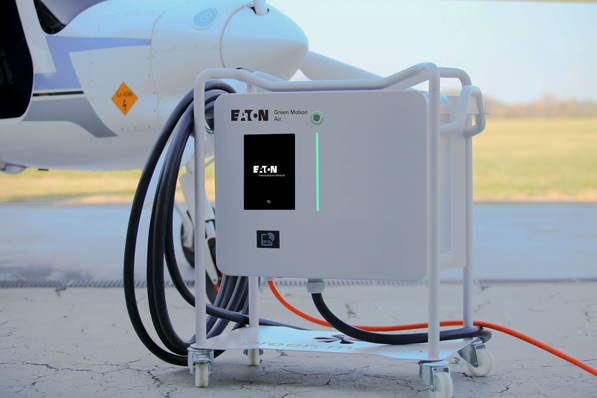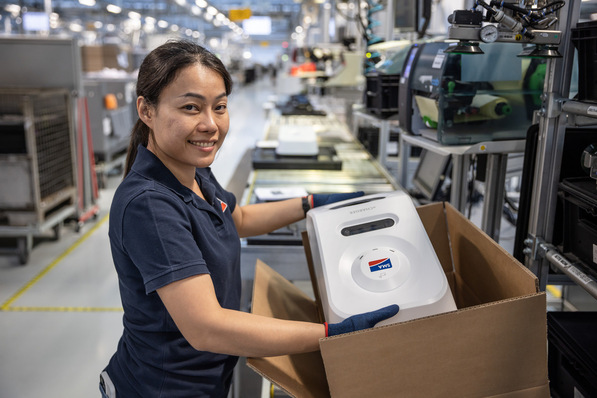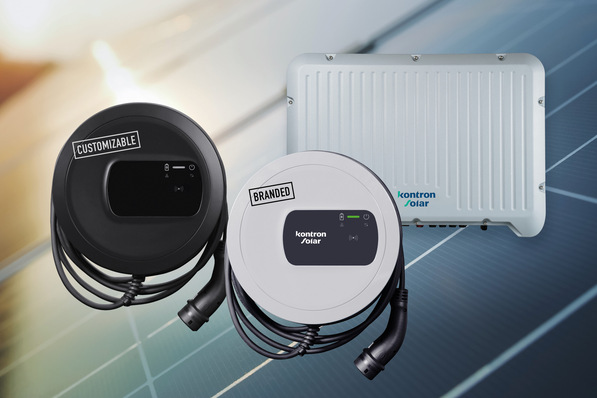For two years, a team of around 20 ETH students worked tirelessly in a hangar at the Innovation Park in Dübendorf. The ambitious goal: to build a small aircraft that is completely battery-powered. "Flying harms the climate. However, there are still no good alternatives to kerosene-powered aircraft," says mechanical engineering student Anna Thumann, who has been involved in the project from the beginning. "Being able to contribute something to a more sustainable aviation industry is what motivates us as a team."
In addition to an efficient electric drive, the students developed a modular battery system with a special cooling system. The biggest challenge: to achieve the necessary energy density of the battery while keeping it as light as possible; after all, every gram counts when flying. To avoid having to design an aircraft in addition to the complex drive system, they used an existing system: a kind of kit for small aircraft from the South African aircraft manufacturer Sling Aircraft served the students as a shell. After making a few adjustments, they assembled it themselves and equipped the aircraft with their technology.
See also: The world's first charging station for electric aviation
Today, the team presented the flying skills of their "baby" for the first time to members of the media at the Dübendorf airfield. "Being able to build an aircraft during your studies and then actually seeing it fly is an indescribable feeling," says mechanical engineering student Maurice Kaulich. Working together as a team and constantly improvising was also an unforgettable experience, says Kaulich.
Next goal: hydrogen propulsion
e-Sling is the first electric aircraft equipped with a modular battery system. This means that the batteries can be replaced during a stopover - although in practice this currently takes longer. In the future, the quiet aircraft could be used for surveillance in national parks, for example, without disturbing the animals. Today, e-Sling has a range of around 180 km. But the students are not satisfied with that yet: In a next step, they want to develop a hydrogen drive for the small aircraft. Since hydrogen fuel cells have a much higher energy density than the batteries currently installed in e-Sling, it could potentially fly further.

Marc Bührer / Bührer Content Management
Also interesting: Airbus’ Zephyr sets new record unmanned flight
E-Sling is a so-called focus project. Within the framework of such projects, Bachelor's students of Mechanical Engineering at ETH Zurich apply their theoretical knowledge in practice and develop a product independently. In the case of e-Sling, last year's students hand over the project to a new group of students each time, like in a relay race. The third group of students has just taken over. (mfo)







